The Historical Significance of Henry Whitfield House
Nestled in the heart of Guilford, Connecticut, the Henry Whitfield House is a monumental piece of history deeply rooted in the early days of American colonialism. Constructed in 1639, this venerable structure is the oldest dwelling in Connecticut and the oldest stone house in New England.
The house, built for Henry Whitfield, a Puritan minister seeking refuge from religious persecution in England, represents a significant chapter in American resilience and determination.
The Henry Whitfield House was more than a mere residence; it was a fortress, a sanctuary, and a beacon of hope for the early settlers. Its massive stone walls, erected with meticulous care and skill, provided much-needed protection and a sense of security to the community.
The house's strategic location, down the street from the town green, made it a central figure in the daily lives of Guilford's inhabitants.
Over the centuries, the Henry Whitfield House has witnessed numerous pivotal events and transitions. Added to the National Register of Historic Places on November 27, 1972, and later designated a National Historic Landmark on September 25, 1997, the house has been recognized for its architectural uniqueness and historical importance. The structure's endurance through the ages is a testament to the craftsmanship and foresight of its creators.
In 1899, the Henry Whitfield House transitioned into a new era, welcoming visitors as Connecticut's inaugural state museum, known as the Henry Whitfield State Museum.
This transition from a private residence to a public museum signified a new era for the house. It would see it become a custodian of history and a source of learning and inspiration for future generations.
Today, the Henry Whitfield House continues to be a focal point of historical significance and cultural enrichment. It stands as a proud reminder of the past, offering a tangible connection to the early days of American history.
The house is a must-visit destination among many things to do near New Haven, Connecticut, for those interested in exploring the rich tapestry of Connecticut's heritage.
As it moves into its fifth century, the Henry Whitfield House remains a symbol of endurance, a testament to the enduring spirit of the American people, and a cherished landmark in the tapestry of the nation's history.
The Architectural Marvel of the Oldest Stone House
The Henry Whitfield House, a cornerstone of American Colonial architecture, showcases a unique blend of design elements that distinguish it from typical New England-style homes.
Its architectural narrative began in 1639, when the first settlers, driven by a vision of safety and permanence, chose to construct a dwelling that defied the conventional wooden structures of the time. The house, with its robust granite walls, is a testament to the settlers' determination to create a lasting legacy on the new continent.
The original floor plan of the Henry Whitfield House was a deliberate departure from the norm, reflecting the settlers' preferences and the practical needs of the time. The ground floor comprised a spacious kitchen and a versatile great hall, which could be partitioned into two separate rooms.
This great hall was not just a part of the house; it was the heart of the home, serving multiple purposes, from hosting church services and town meetings to providing shelter for travelers.
The dimensions of the great hall, thirty-three feet in length and fifteen feet in width, made it an ideal space for communal gatherings and social events.
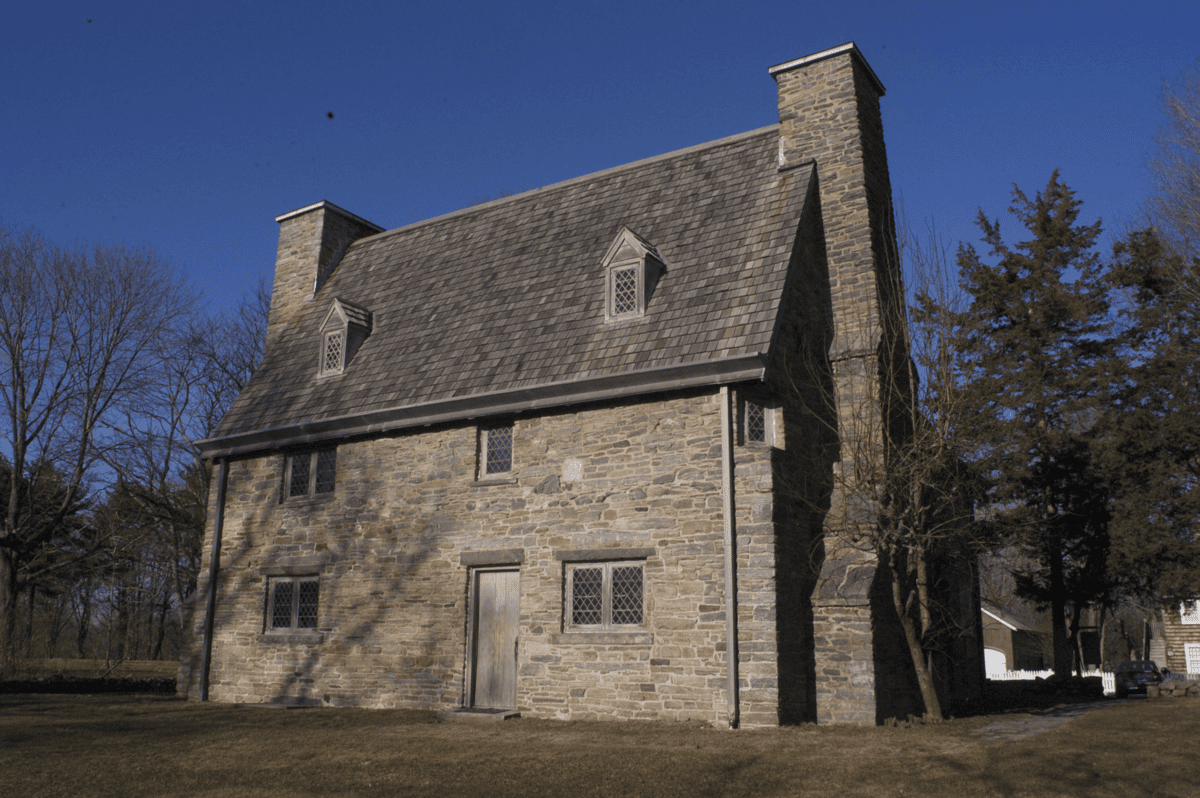
The architectural ingenuity of the Henry Whitfield House extended beyond its communal spaces. The prominent stair tower provided access to the second floor, which housed three-bedroom chambers, offering privacy and comfort to the Whitfield family.
Above these chambers, a small but functional attic completed the structure. The house's design, particularly the great hall built perpendicular to the rest of the house, was a strategic choice, optimizing the use of space and resources.
One of the most striking features of the Henry Whitfield House is its six fireplaces, the largest measuring an impressive ten feet four inches across and located at the north end of the great hall.
These fireplaces were not just sources of warmth; they were central to the life within the house, providing comfort and a gathering place for the family and the community. Over the years, these fireplaces have seen numerous modifications, each adding a layer to the house's rich historical narrative.
Henry Whitfield: The Man Behind the House
Henry Whitfield, whose life and legacy are intricately woven into the fabric of the Henry Whitfield House, was a figure of notable stature and influence.
Born between June 8 and October 1, 1592, in Greenwich, Kent, England, Whitfield's early life was set against a nation rife with religious and political turmoil.
His father, Thomas Whitfield, was a prominent lawyer during the reigns of James I and Queen Elizabeth, ensuring that Henry grew up in an environment of affluence and influence.
Whitfield's educational journey led him to New College, Oxford, where he forged a significant friendship with George Fenwick, the future founder of the Saybrook colony in Connecticut.
Initially pursuing law, Whitfield soon found his true calling in the ministry, and he was ordained a minister of the Church of England in 1618.
His tenure as vicar of St. Margaret's Church in Ockley, Surrey, spanned 18 years. During this time, his sermons drew people from far and wide, earning him a reputation for his eloquence and deep understanding of the scriptures.
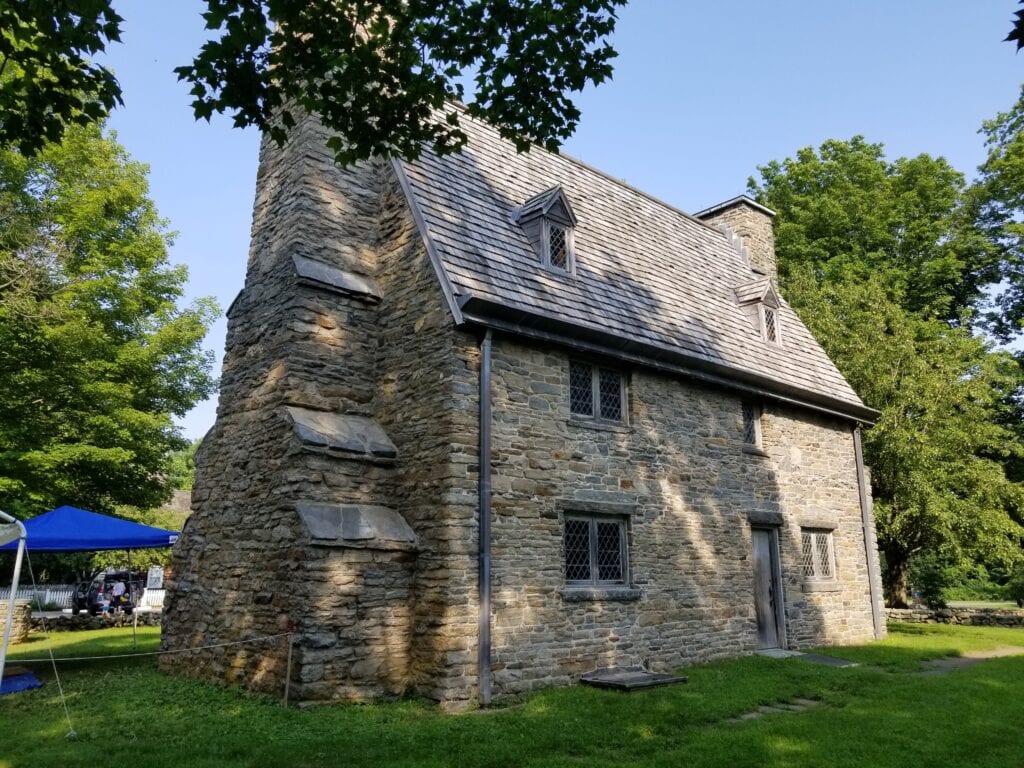
During Whitfield's time, England's political and religious landscape was tumultuous, with King Charles I's stringent religious policies causing unrest among the Puritans and Separatists.
Whitfield's alignment with the Puritan movement was a response to Archbishop William Laud's oppressive policies, which sought to quash any form of nonconformity.
Despite initial attempts to persuade fellow clergypersons like John Cotton and Thomas Hooker to conform to Laud's dictates, Whitfield's resolve against the Church's stringent rules only strengthened over time.
In 1638, after being convicted as a dissident by the High Commission Court, Whitfield made the life-altering decision to resign from his post in Ockley and set his sights on the New World. The following year, he sold his estate and embarked on a journey to the New Haven colony with twenty-five families.
This group, comprising mostly farmers from Surrey and Kent, was a testament to Whitfield's influence and leadership. Among the settlers was Edward Jones, an indentured builder whose skills would prove invaluable in constructing the new colony's homes.
Upon their arrival in June 1639, Whitfield's leadership was pivotal in establishing the Guilford colony. His negotiations with the Quinnipiac tribe for land and subsequent community-building efforts laid the foundations for a thriving settlement.
The Henry Whitfield House, constructed during this period, was not just a home for Whitfield and his family; it was a symbol of hope, a fortress of faith, and a testament to the enduring spirit of those who, under Whitfield's guidance, sought freedom and a new beginning in an unfamiliar land.
A Glimpse into the Lives of the Residents
Beyond its architectural grandeur and historical significance, the Henry Whitfield House was a vibrant center of life and activity for its residents and the broader community. After Henry Whitfield's departure to England in 1650, the house continued to serve as a focal point in Guilford, witnessing numerous individuals' and families' lives and stories.
Henry's wife, Dorothy Whitfield, remained in the house with their children after Henry's return to England. Under her stewardship, the house continued to be a place of hospitality and community gathering.
Historical documents from this era indicate that John Winthrop the Younger, the son of the Massachusetts Bay Colony's founder and a future Connecticut Governor, was interested in acquiring the house. However, he eventually settled in the East Haven colony.
Upon Henry Whitfield's death in 1657, ownership of the house passed to Dorothy, who managed the property until her return to England in 1659.
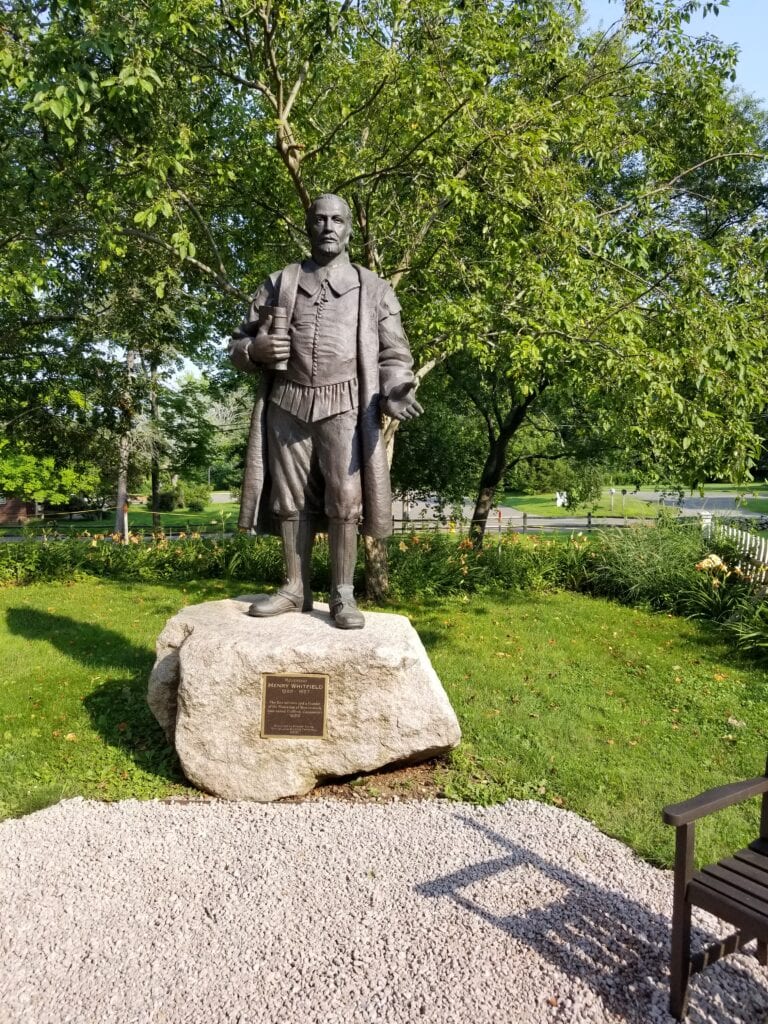
The town of Guilford, recognizing the house's significance, attempted to purchase it under the leadership of future Governor William Leete and William Chittenden. Their vision was to transform the house into a grammar school for the settlement.
However, due to financial constraints, the transaction has yet to materialize. In September 1659, the house found a new owner, Major Robert Thompson, a London merchant.
The Thompson family, mainly in England, maintained ownership for over a century, renting the house to tenant farmers and ensuring its continued use and preservation.
The house's narrative took another turn on October 21, 1772, when it was sold to Wyllys Eliot, a resident of Guilford. However, Eliot's ownership was brief, as he sold the house to Joseph Pynchon on November 6, 1772.
Pynchon, a loyalist, used the house as a summer home but was compelled to flee back to England at the onset of the American Revolution. Before his departure, he sold the house to Jasper Griffing on June 27, 1776, just days before the signing of the Declaration of Independence.
The Griffing and Chittenden families, descendants of early Guilford leaders, owned the house for over a century, during which the significant remodeling of 1868 occurred.
The Henry Whitfield House's journey through the centuries, marked by the lives of its residents and the events that unfolded within its walls, paints a vivid picture of Guilford and Connecticut's evolving social and cultural landscape.
Each chapter in the house's history adds depth and richness to its story, making it not just a structure of stone and wood but a living, breathing testament to the lives it has touched and the history it has witnessed.
Restoration and Preservation Efforts
The Henry Whitfield House, a beacon of historical and architectural significance, has undergone a series of meticulous restorations to preserve its integrity and legacy.
The journey of its preservation is marked by the dedication and expertise of various individuals and organizations, ensuring that the house remains a testament to America's colonial past.
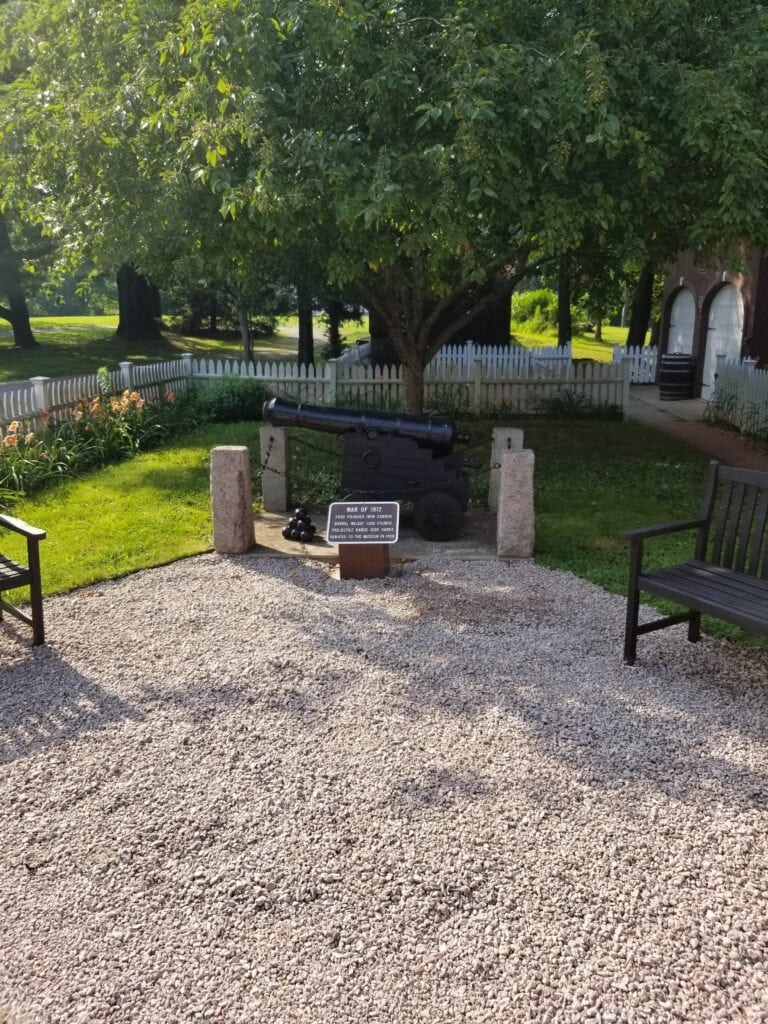
The first significant restoration took place in 1868 under the ownership of Mary Chittenden. This renovation was a labor of love and commitment, with Mary investing a substantial portion of her inheritance from her late husband, Henry Ward Chittenden, into the project.
The restoration, directed by her son-in-law, Henry D. Cone, addressed the house's structural needs, including rebuilding parts of the south wall, removing the south chimney, and re-plastering interior walls.
Despite these extensive changes, the restoration deeply respected the house's history, ensuring that a significant portion of the original structure remained untouched, particularly the ancient fence north of the door.
The turn of the century brought another wave of restoration, led by the architectural historian Norman Isham in 1902. Isham's vision was to make the house and museum structurally sound and aesthetically appealing to visitors.
His work included re-plastering and mortaring walls and ceilings and remodeling the five smaller fireplaces. However, Isham's approach, prioritizing aesthetics and tradition, drew criticism from some architectural experts who advocated for a more historically accurate restoration.
The most extensive restoration occurred during the 1930s under the guidance of J. Frederick Kelly. With prior experience working on the property, Kelly embarked on a mission to restore the house to its original 1639 condition.
This ambitious project involved reconstructing the kitchen, rebuilding the ell, steepening the roof's pitch, and creating windows with diamond-shaped glass panels held together by lead bars. The interior saw the restoration of the stair tower, the second floor, and the partitions in the great hall.
Completed on October 20, 1937, the restoration, costing $26,000, was a collaborative effort financed by the Federal government and individual patrons of the Colonial Dames of America.
Preserving the Henry Whitfield House is a narrative of dedication, expertise, and respect for history. While unique in its approach and challenges, each restoration effort shared a common goal: to honor the past while ensuring the house's place in the future.
Consequently, the Henry Whitfield House stands today not only as a structure of historical significance but also as a symbol of America's enduring commitment to preserving its rich heritage.
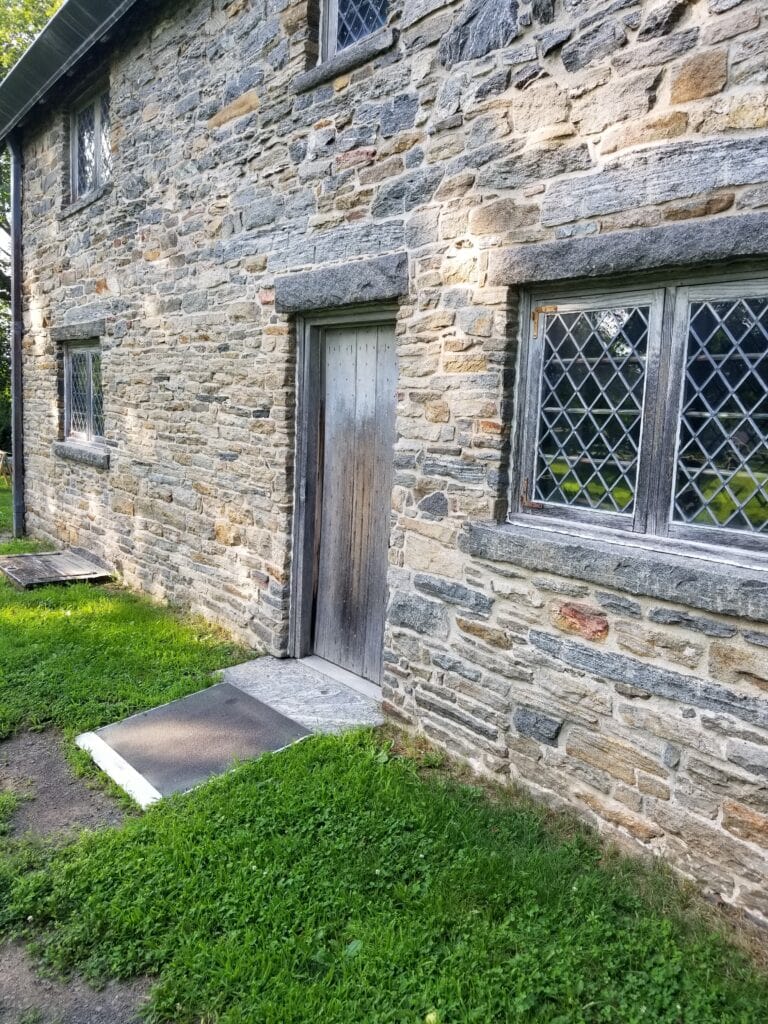
The Henry Whitfield House as a Museum
The transformation of the Henry Whitfield House into Connecticut's first state museum in 1899 marked the beginning of a new chapter in its storied history.
Operated by the Connecticut Department of Economic and Community Development, the museum has become a cornerstone of cultural heritage and education, drawing visitors from near and far to delve into the rich tapestry of Connecticut's colonial past.
The museum complex is a treasure trove of historical artifacts and educational resources. The Whitfield House is the centerpiece, with three floors meticulously filled with furnishings and artifacts that vividly depict life in the 17th century.
The introductory exhibit, "The Old Stone House," provides visitors with a detailed narrative of the house's history. At the same time, various scavenger hunt activity sheets offer an interactive and engaging experience for all ages.
Adjacent to the Whitfield House is the Visitor Center, a hub for guests to begin their journey through the museum. The center houses a museum gift shop, exhibit galleries, a research library available by appointment, and essential visitor amenities.
The Education Building, a repurposed 1870s barn, adds another dimension to the visitor experience, featuring history displays and hands-on activities that bring the past to life.
The museum grounds themselves are an integral part of the visitor experience. Sprawling lawns, extensive stone walls, and mature trees create a serene and picturesque setting.
Distinctive elements of the site include a bronze likeness of Henry Whitfield, a naval cannon hailing from the War of 1812, and a segment of the New England Trail, providing a picturesque pathway from Long Island Sound in Guilford to the reaches of New Hampshire.
The grounds are not just for viewing; they are a space for activities, with visitors encouraged to picnic, play, read, or even paint, enjoying the tranquil surroundings.
In addition to the physical experience, the museum offers a range of online experiences, ensuring that the history and legacy of the Henry Whitfield House are accessible to all.
Virtual tours allow visitors to explore the house from the comfort of their homes, while digital collections on websites like Connecticut Collections and Connecticut's Archives Online provide in-depth access to the museum's artifacts and archives.
Digital jigsaw puzzles featuring images of the Whitfield House and objects from the museum collection offer a fun and interactive way to engage with the museum's rich history.
The museum's commitment to education and preservation is evident in its programming and community engagement. Special events, educational programs, and collaborative projects with local organizations ensure that the Henry Whitfield House remains a vibrant and relevant part of Connecticut's cultural landscape.
As the museum moves forward, it continues to honor its past while embracing new opportunities to educate, inspire, and connect with the community and beyond.
